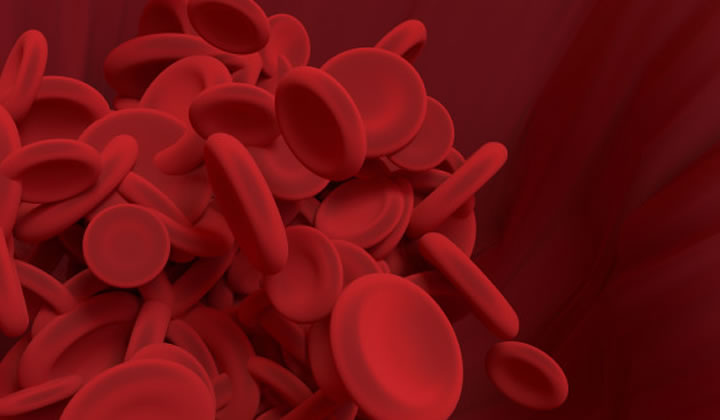
Will Lester, Keith Gomez, Susie Shapiro, Keval Dabhi, Mike Laffan
We are writing to express our collective concern about the recommendation in the National Institute for Health and Care Excellence (NICE) guideline [NG89] (https://www.nice.org.uk/guidance/ng89/resources/resource-impact-statement-4787147917), requiring a minimum of 7 days pharmacological thromboprophylaxis for all medical patients and surgical patients assessed to be at increased risk of venous thromboembolism (VTE). With the exception of certain high‐risk groups (e.g. abdominal cancer surgery, hip fracture and joint replacement) the vast majority of patients currently continue pharmacological thromboprophylaxis only until discharge from hospital. Our concerns relate to the following points.
- Is the recommendation justified by evidence?
- Is the guideline deliverable within the National Health Service (NHS)?
Is the new recommendation justified by evidence?
With regard to whether the new recommendation is justified by evidence, it is not clear how the guideline committee concluded that pharmacological prophylaxis should be administered for a minimum of 7 days. In the landmark low molecular weight heparin (LMWH) studies of thromboprophylaxis in medical patients, MEDENOX (Samama et al, 1999) and PREVENT (Leizorovicz et al, 2004), enoxaparin and dalteparin were administered for 6–14 and 14 days respectively. In the recently published MARINER study (Spyropoulos et al, 2018), LMWH was administered for 3−10 days. The choice of 7 days appears to be arbitrary, rather than based on the evidence available.


